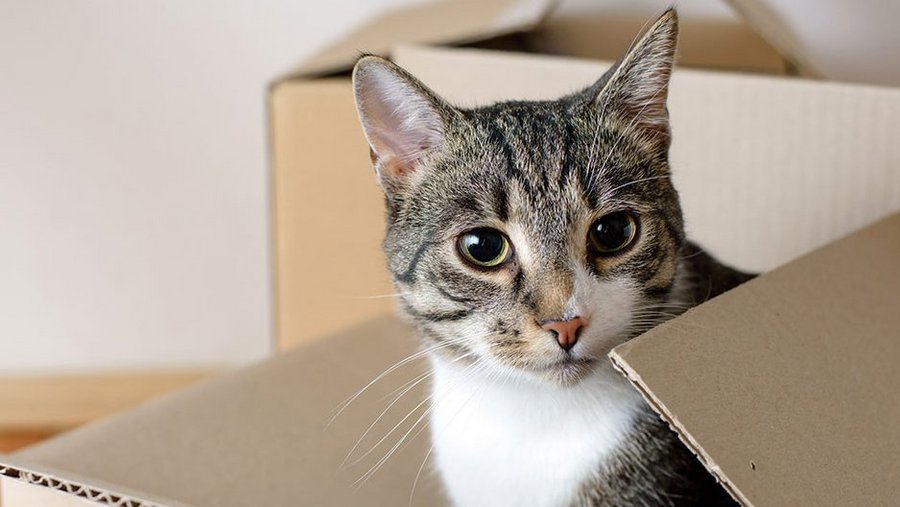Moving house with a cat is a real challenge. Our velvet paws don't like change - and they certainly don't like stress. However, both are unavoidable when moving house, but can be managed well with the right preparation and implementation.
Phase 1: Are pets allowed?
Before you move house, you must of course make sure that the new landlord allows cats in the apartment. In principle, keeping cats cannot be prohibited, but if the landlord does not agree, the tenancy is not under a good star from the outset. It also makes sense to ask the landlord if you own a condominium. Then it will also work out with the neighbors and co-owners.
Phase 2: Preparing for the move
Once the legal issues have been clarified, it is helpful to take important precautions in your new home that will save your cat noise and stress later on. Ideally, the cat net should be attached to the balcony and all "noisy" work should be done before you move in. What happens next also depends on your cat. Is it used to transportation? Is it curious? If so, you can take them into the new home at least every two days before the move to explore it. Anxious cats will not benefit from such a measure and should stay in their old home until the day of the move if possible.
Phase 3: Cleaning out the old home
Here, too, it depends very much on the cat's personality. If it is curious and fearless, it will find packing boxes exciting and entertaining. Nevertheless, it is helpful to keep one room completely free as a retreat. This is essential for sensitive or even anxious cats. One room - if necessary the bathroom - MUST be a "quiet place". As a general rule, you should always try to keep as calm as possible. Your cat will take its cue from your mental state. And no matter how difficult it is for you to remain calm during the hectic pace of the move, you will benefit from it later. The less upset the cat is by the change, the better it will settle into its new home.
Phase 4: The day of the move
Things get serious on the day of the move: removal men will come and go, the front door will be open, there will be noise and commotion. Ideally, you will be able to take your cat to a friend on this day. If you can't offer this luxury, you should put your cat in a room that is never entered and always remains locked. Ideally, you should have made this "bunker" more and more attractive days or weeks in advance. For example, by feeding the cat here for a few days and placing familiar objects such as blankets, cuddly beds, bowls and, of course, the litter tray. Only when everything has been moved to the new home, the furniture is in place and no more major work is to be expected will the cat move with you. Even now, your inner attitude is an important guide for your foster cat. So be calm and firm. If she starts meowing and protesting, ignore this behavior. You are not helping your cat by talking to it and paying attention to it. This will only reinforce her attitude.
When you arrive at your new home, take the cat to a quiet place or to its cat room. Everything else happens at the animal's pace: when it leaves the transport box, when it eats, when it explores the apartment - the cat decides all of this.
Phase 5: After the move
Your cat should settle in quickly if you follow all the previous tips. However, despite all your care, your velvet paw may be stressed. Perhaps the litter tray is not in the right place? Maybe the scratching post needs to be moved a few more times? Observe your cat and see what it likes and where it feels most comfortable. Incidentally, you shouldn't let outdoor cats outside for at least two to three weeks. They first have to learn to accept the new place as their home. And of course your velvet paw should get plenty of attention. Time is now the magic word: time together - but also the time your cat needs to adjust to the new circumstances.

